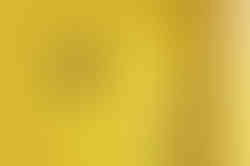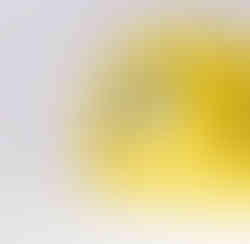Anthurium pallidiflorum – Elegant Trailing Aroid for High-Humidity Spaces
Anthurium pallidiflorum is a rare, strap-leaved Anthurium species native to the lower tropical forests of Ecuador, where it grows as a hemiepiphyte on tree trunks and mossy branches. Known for its long, pendulous, velvety leaves, it brings a rainforest ambiance to any high-humidity indoor space. Its cascading habit makes it ideal for hanging planters, wall-mounted displays, or terrariums.
Key Features of Anthurium pallidiflorum
- Long, Velvet Leaves: Straps of rich green foliage often exceeding 1 meter in length.
- Epiphytic Growth Habit: Grows naturally on trees, favoring airy, moist environments.
- Elegant Minimalist Flowers: Pale green to yellowish spathes with slender greenish spadices.
- Perfect for High-Humidity Displays: Thrives when humidity is consistently above 70%.
Natural Habitat and Growth Adaptations
Anthurium pallidiflorum occurs at elevations between 400 and 1200 meters in Ecuador’s moist tropical forests. It favors shaded conditions with constant moisture in the air and prefers growing on bark or moss substrates. Juvenile plants may start terrestrially before ascending as hemiepiphytes.
Caring for Anthurium pallidiflorum Indoors
- Light: Bright, indirect light is ideal. Tolerates medium light but growth slows noticeably.
- Watering: Keep the substrate lightly moist; allow the top 1–2 cm to dry between waterings. Avoid standing water or saturated roots.
- Humidity: Requires 70–90% humidity for sustained growth. Essential for avoiding crispy leaf edges.
- Temperature: Optimal range is 18–25°C. Protect from drafts and cold temperatures.
- Substrate: A well-draining, airy mix of sphagnum moss, fine orchid bark, coconut husk, and perlite replicates natural conditions.
- Repotting: Only repot when strictly necessary; thrives slightly root-bound in breathable media.
- Fertilizing: Use a diluted, balanced fertilizer monthly during active growth. Reduce feeding in winter.
- Propagation: Best achieved through gentle division of clumps during repotting. Stem cuttings are challenging and unreliable.
- Hydroponics: Only attempt semi-hydroponics if moisture control is strict. Use inert media like LECA with caution and low water levels.
- Pruning: Remove damaged leaves to maintain airflow and aesthetic form.
Common Issues and Troubleshooting
- Pests: Susceptible to spider mites and thrips. Increase humidity and treat infestations promptly with neem oil or insecticidal soap.
- Root Rot: Caused by soggy substrates. Always prioritize fast-draining media and moderate watering.
- Leaf Browning: Common under low humidity or excess salts. Use filtered water and maintain humidity above 70%.
- Leaf Yellowing: Usually from overwatering or poor airflow; adjust watering and improve ventilation if needed.
Botanical Etymology
The name "Anthurium" derives from the Greek "anthos" (flower) and "oura" (tail), referencing the plant’s spadix. "Pallidiflorum" means "pale-flowered," highlighting the plant’s delicate, subdued blooms.
Frequently Asked Questions about Anthurium pallidiflorum
- Can Anthurium pallidiflorum tolerate low humidity?
It struggles below 60% humidity. For best results, maintain 70% or higher consistently. - What causes leaf curling?
Often low humidity, underwatering, or cold exposure. Check environmental conditions and adjust. - Is Anthurium pallidiflorum good for terrariums?
Yes, if the terrarium is large enough to accommodate its long leaves without cramping.
Order Anthurium pallidiflorum Today!
Elevate your collection with the rainforest elegance of Anthurium pallidiflorum. Order now and transform your indoor space into a lush, tropical haven!
Anthurium pallidiflorum
Anthurium pallidiflorum comes in a ⌀ 10, 5 cm pot and is approximately 15 cm tall

























































